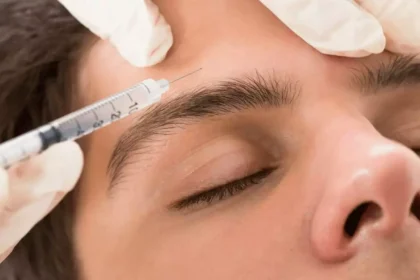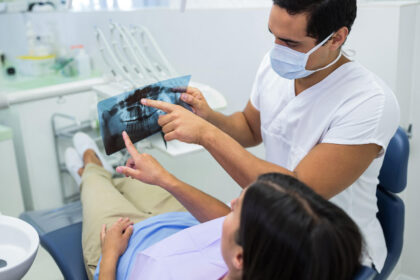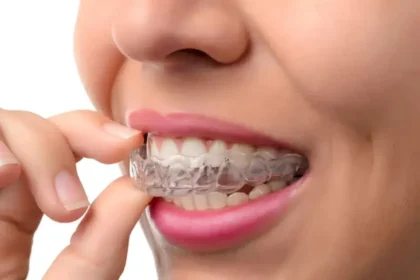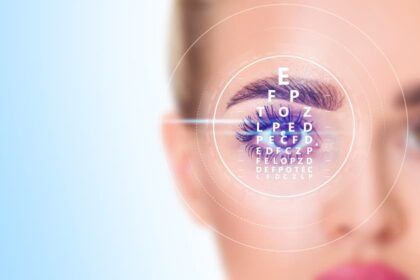Post-traumatic stress disorder (PTSD) is a mental health condition that develops after exposure to a traumatic event, such as combat situations, natural disasters, or personal assaults. This condition affects an individual’s ability to process memories of the event, sometimes triggering intense mental and physical reactions. Although these experiences can be challenging, there are various therapies and support systems designed to address PTSD. Here are some typical treatment approaches:
Exposure Therapy
Exposure therapy works by gradually reducing the fear associated with a traumatic memory. It serves as a structured way to revisit distressing experiences in a safe and controlled setting. This process often involves visualization, narrative creation, or even direct confrontation with specific triggers. Sessions usually start with identifying situations or activities that cause avoidance or anxiety.
Therapists might begin with imagined exposure, where patients verbalize or visualize their trauma in detail. Over time, real-world exposure might follow, where individuals face anxiety-inducing situations in gradual stages. By confronting, rather than avoiding, these triggers, emotional responses are lessened. Though progression differs for everyone, this therapy often uses repeated sessions to instill a sense of control over one’s reactions.
Medication Management
When treating PTSD, medication management sometimes complements therapy by addressing symptoms such as anxiety, depression, or sleep disturbances. Psychiatrists may prescribe selective serotonin reuptake inhibitors (SSRIs) to improve mood. Ketamine-assisted therapy is another alternative approach that is being used.
On occasion, additional medications may be included to target more specific symptoms. Certain drugs may be prescribed to lessen nightmares or improve sleep quality. Medication doesn’t resolve the root cause of PTSD; instead, it alleviates the intensity of certain symptoms, helping to create space for progress through other therapies. Regular consultations with healthcare providers ensure adjustments are made, if needed, to meet evolving treatment goals.
Psychotherapy
Unlike exposure therapy, which focuses on facing traumatic events directly, psychotherapy often explores the broader impacts of trauma on emotions, relationships, and daily life. Cognitive-behavioral therapy (CBT) is one example that identifies negative patterns of thinking. Through CBT, individuals challenge unhelpful beliefs, such as feelings of helplessness or guilt, and develop healthier thought processes.
Group therapy is another format where those with PTSD share their experiences in a supportive environment. Speaking with individuals who relate to similar struggles often builds a sense of community. Family therapy is also an option, addressing the way PTSD affects loved ones. Dialogue strengthens understanding and improves interactions. Psychotherapy’s flexibility allows it to be tailored to different needs, with formats ranging from individual sessions to group settings.
Get Treated for PTSD
Patients can control PTSD with the appropriate steps. Whether through exposure therapy, medication, or psychotherapy, there are multiple pathways to seek relief and regain balance. Each approach serves a different purpose, but all aim to support recovery. Recognizing PTSD is the first step toward healing. Taking action now could open doors to effective treatment options. Reach out today to explore different approaches to controlling this condition. Connect with a healthcare provider or a licensed therapist to start exploring which treatments match your unique situation.









